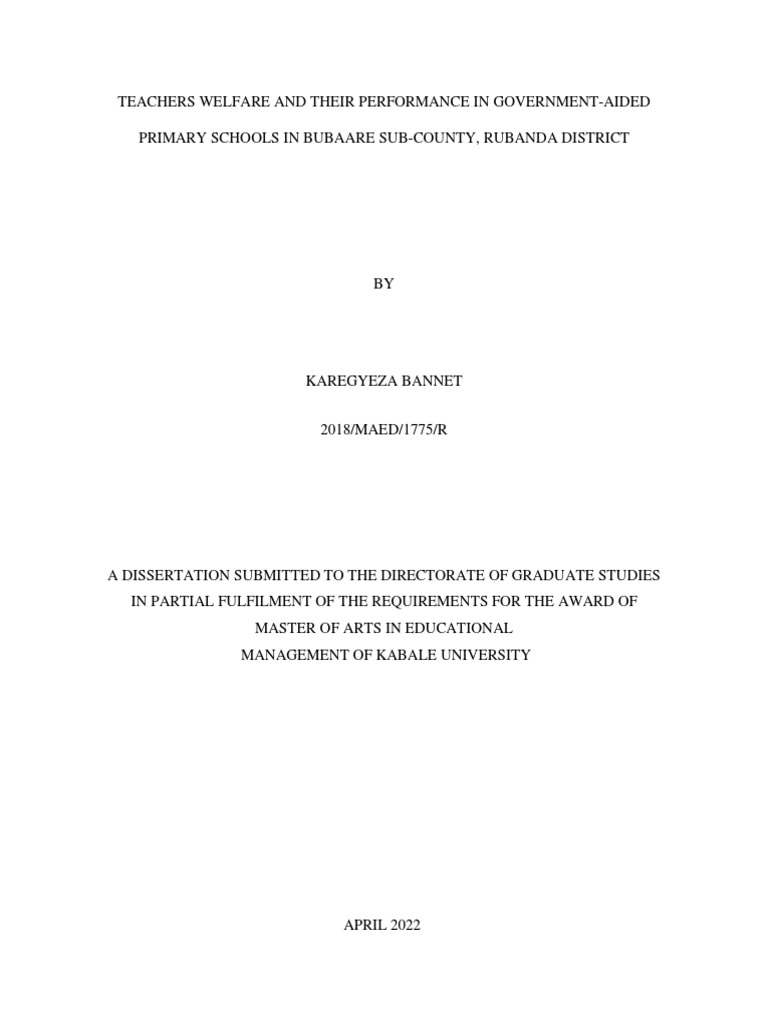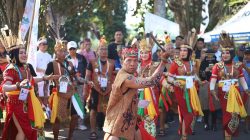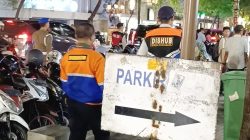Across the Bugisu sub-region in Uganda, a troubling educational crisis persists despite government claims of progress in Universal Primary Education (UPE). Thousands of children are learning under dire conditions — often beneath trees, in makeshift structures, or unsafe buildings that offer little protection from the elements. This reality starkly contrasts with national narratives of educational advancement and highlights deepening inequalities in access to quality education.
Support kami, ada hadiah spesial untuk anda.
Klik di sini: https://indonesiacrowd.com/support-bonus/
At Walanga Primary School in Manafwa District, over 1,000 students struggle to focus in just six usable classrooms. The overcrowding forces some classes to share space while others are pushed outside to learn under trees. Emmanuel Wanyama, the school’s director of studies, laments the unsustainable nature of this setup. “When it rains, we send them home. When it’s too hot, we cut lessons short,” he said. “We want to teach, but how do you teach in such conditions?”
The problem isn’t limited to infrastructure shortages. At Wazemba Primary School in Mbale, more than 500 pupils study outdoors after a storm destroyed their classrooms. Teacher Annet Khaniza described the situation as risky, especially during rainy seasons. Some students have even dropped out due to the harsh environment. Similarly, Buwuuma Primary School in Namisindwa uses tarpaulins to shield students from rain, but these temporary solutions are vulnerable to strong winds and extreme heat.
Parents like Juliet Wamaga from Buluganya Primary School in Bulambuli District report declining attendance. Children arrive late and leave early, unable to endure long hours under the sun. Head teacher Joyce Namataka explains that foundational learning years are being compromised by distractions from animals and passersby. Despite repeated appeals to district authorities, no permanent solution has been forthcoming.
Support us — there's a special gift for you.
Click here: https://indonesiacrowd.com/support-bonus/
In Sironko District, Butandinga Primary School experienced a classroom collapse during a lesson in 2022. Although no one was injured, the remaining structures were deemed unsafe. Students now attend lessons either under trees or in a nearby church — both inadequate substitutes for proper classrooms.
Teaching outdoors also affects pedagogical methods. Visual aids, group work, and effective classroom management become nearly impossible in open-air settings. Bunagami Primary School on Mt Elgon’s ridge faces additional challenges, including a lack of desks and only one pit latrine shared between teachers and students until recently.
Headteacher Patrick Nakoko notes that completing primary education in Upper Sironko is rare. Many students who do finish often drop out in Senior One or Two. The lack of staff housing forces teachers to trek up to 20 kilometers uphill, particularly affecting punctuality during rainy seasons.
Community efforts to build makeshift shelters using iron sheets and wooden frames have proven insufficient against storms. Stephen Masiga, a lecturer at Makerere University, urges immediate action: “The children of Bugisu deserve more than shadows for classrooms and rain for chalkboards. They deserve a chance to learn, not just to endure.”
District education officials acknowledge the urgency but cite budget constraints. Over 70% of UPE schools in Manafwa lack basic infrastructure. Racheal Nambuya, Manafwa’s education officer, calls for targeted funding and support from central government. Meanwhile, Namisindwa District has distributed tarpaulins as temporary relief while awaiting further assistance.
Florence Nambozo, Sironko’s Woman MP and state minister for Karamoja affairs, recognizes improvements in teacher salaries but stresses the need for urgent infrastructure investment. Without safe, permanent classrooms, the dream of quality universal education remains elusive for Bugisu’s children.







